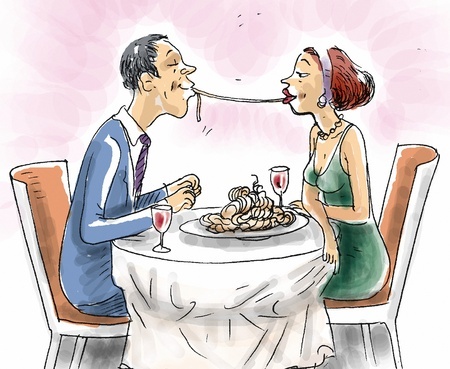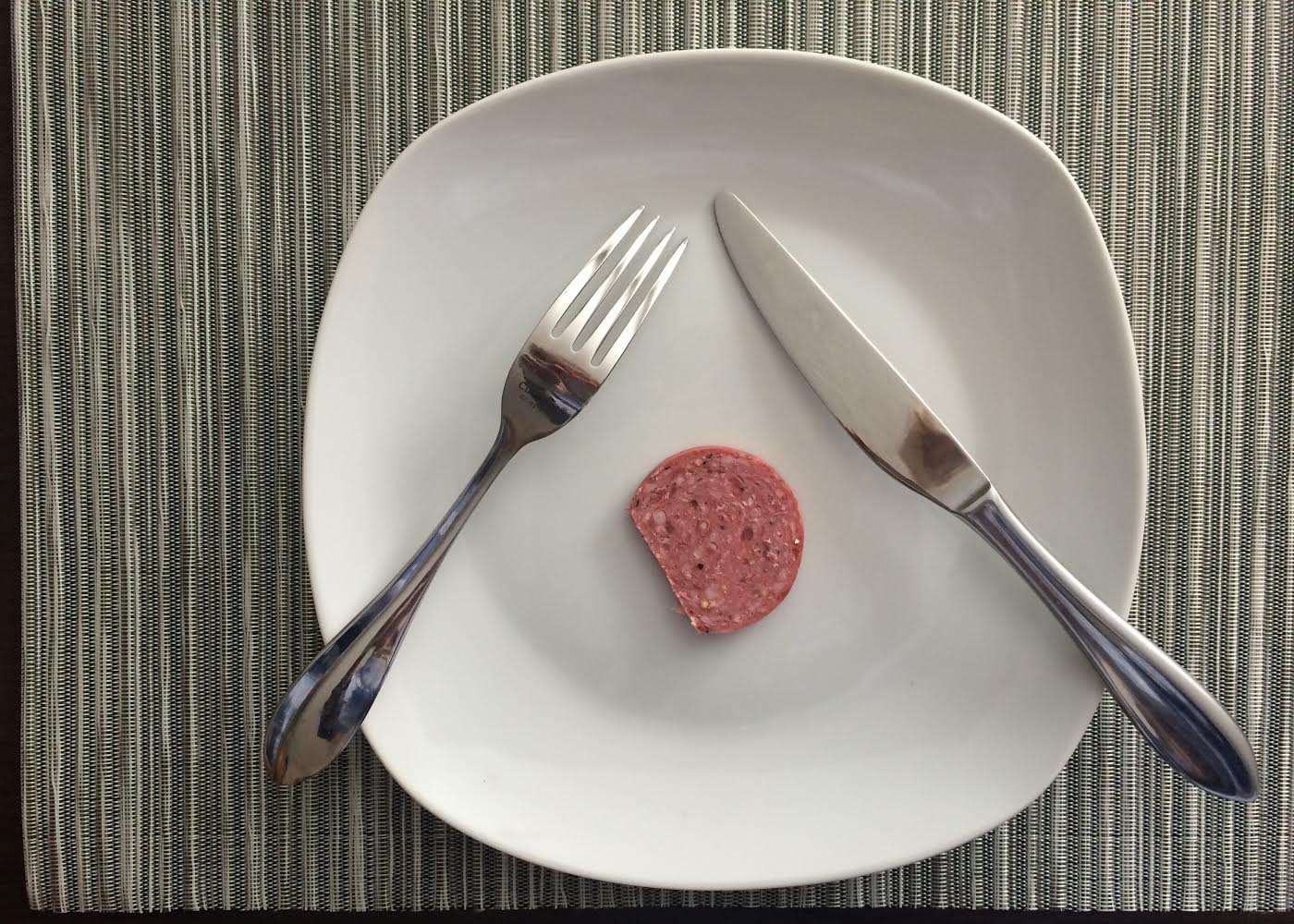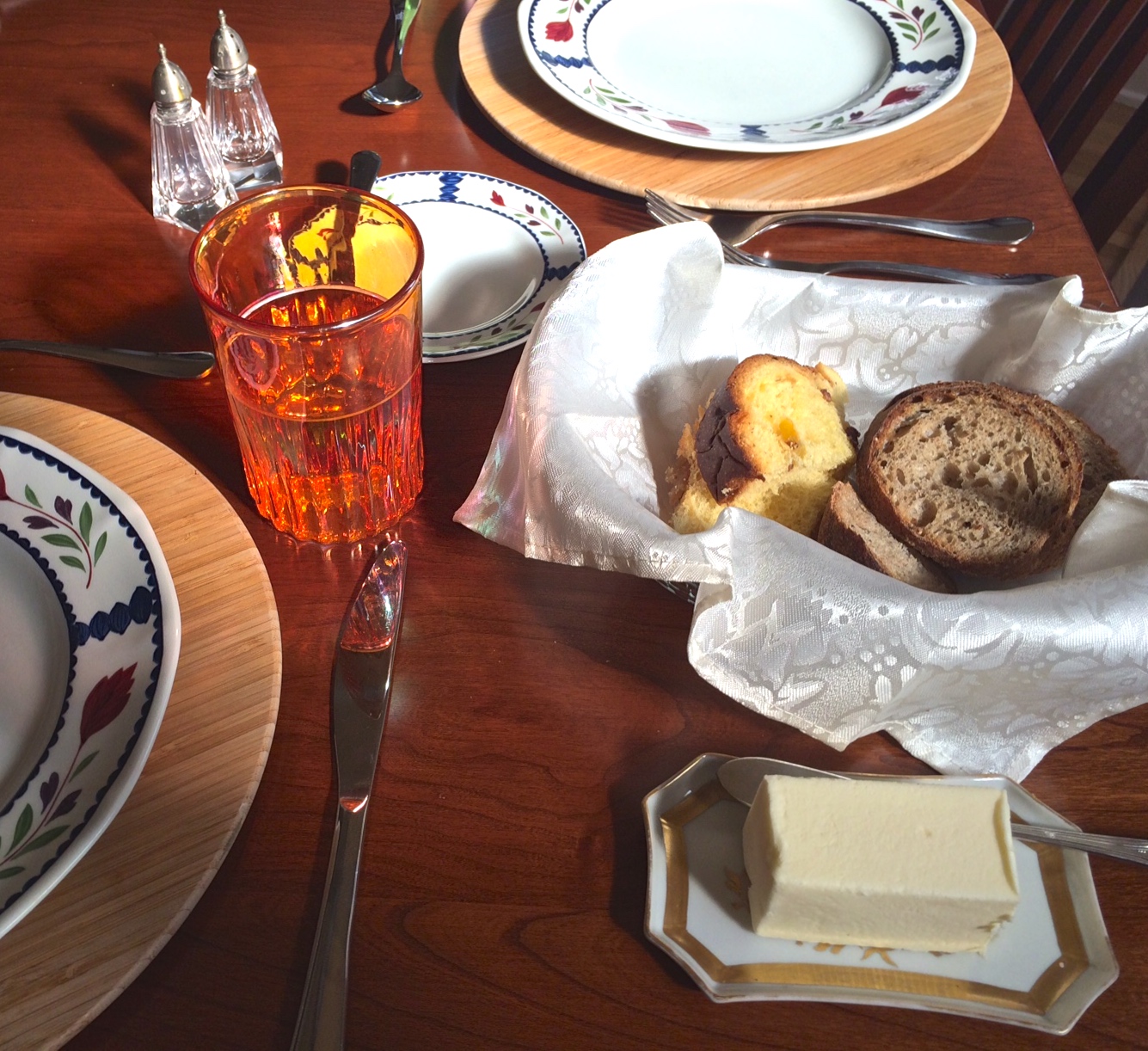Methods for Sharing
Food at the Table

Do you enjoy sharing food with your spouse or someone with whom you are very close to while dining?
Many couples have their own system for doing so. A glance, the raising of an eyebrow, or simply by asking, "A bite?" are all cues.
Other couples take a rather space-invader approach to sharing a taste. Sometimes one partner places food on the other partner's plate without having permission to do so. And others think nothing of placing a forkful in their partners' mouths.
As the saying goes, when you know the rules, you can decide how to break them. However, when dining with others or at formal events, food is not usually shared.
The Rule for Sharing Food
The etiquette rule is: if you are sitting in close proximity to someone you know well, and want to share a bite of food, cut or scoop that bite and place it on your partner's bread plate, and if there is no bread plate, on the main plate.
This is, of course, assuming your partner actually wants the bite of food.
Variations on the Rule
Let's say you and your partner are out to dinner with another couple. He's ordered a steak and you're having chicken. But he knows how much you love steak and within the briefest of eye-locks, cuts a bite for you to reach with your fork. No one even notices except for the smile you share as you savor the bite.
It may be that you both love dessert and can't decide whether to order the chocolate or lemon cake. So when he orders the chocolate, you order the lemon knowing you'll share both plates.
What do these variations have in common? No words are exchanged between the diners. You know each other well enough that you know your partner's preferences and have developed your own system for sharing food.
The Rule Breakers
The rule breakers can usually be spotted from a distance because they often end up making a scene.
When you are not seated near the person with whom you want to share, it's best not to do so. Don't disrupt the event with loud whispers down the table of, "You have to try this salmon! Bring me your plate so I can share mine."
Other diners can be a bit put off when someone has a look of disgust on his face because his wife just placed a bite of something on his plate without his permission. Or worse, when he says in a defeated tone, "I don't want that."
And all eyes are drawn to diners who begin this conversation:
"You have to try this dish."
"No, thank you."
"No, really. You'll like it," as the portion is dumped on the plate.
"But I don't like broccoli."
"You just think you don't. Try this. You need to eat more anyway."
And the pleasant dining experience goes from bad to worse from there . . .
To Share or Not to Share
Everyone has a preference for sharing food. Some are for it, some against it, and some say it depends on where you are.
In some circles, it suggests intimacy. In others, it is casual fun. For many foodies, it is an adventure to try as many new dishes as possible, and one easy way to do this is to share from plate to plate.
When dining in privacy, share however your romantic heart desires.














